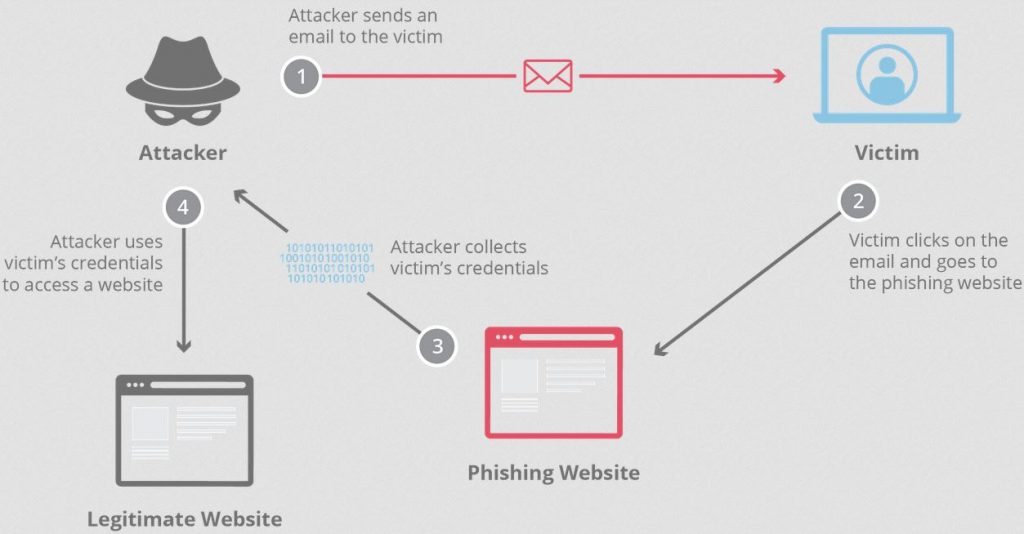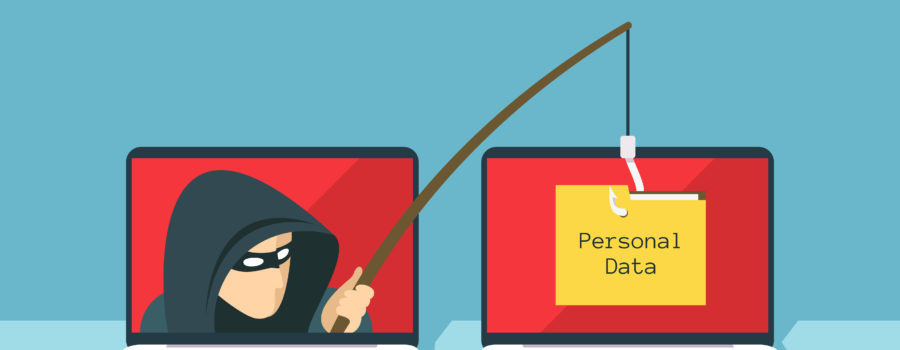
What is SaaS (Software as a Service)?
10th September 2019
Introduction to game development for the Web
12th September 2019“Phishing” refers to an attempt to steal sensitive information, typically in the form of usernames, passwords, credit card numbers, bank account information or other important data in order to utilize or sell the stolen information. By masquerading as a reputable source with an enticing request, an attacker lures in the victim in order to trick them, similarly to how a fisherman uses bait to catch a fish.

6 sure signs someone is phishing you—besides email
1. Your software or app itself is phishing
Even the most recent headlines indicate counterfeit software and apps are still real and present dangers for digital nomads. On both Android and iOS, unscrupulous coders periodically find ways to circumvent the approval process and deliver an app that seems to provide ordinary functionality even as it siphons personal information and sends it to parties unknown.
2. You’ve received a mysterious text or call
Much of the focus of social engineering remains on email, but it would be a mistake to discount smishing (SMS message phishing) and vishing (voice phishing). Would-be troublemakers can easily spoof local area codes you might recognize, or they might even pose as technical support representatives to encourage you to give up the credentials for your devices or accounts.
3. You’ve “won” something
Lottery scams and those ubiquitous “You’ve Won Something Glorious!” pop-up ads are still a popular way to phish for people’s bank account and routing numbers. Unfortunately, the fact they still exist and are so common means they still work. We all know that rush of adrenaline and excitement when we receive something when we least expect it.
4. Your social media accounts are being weaponized
Social media has given rise to particularly nasty forms of “spear phishing”—that is, mining victims’ public profiles for useful information, and then posing as somebody you know, or who you at least might mistake as legitimate. Remember to vet your digital friends carefully.
5. Your URL doesn’t look right
No matter how you come into contact with a phishing scheme, there’s a good chance part of the action they want you to take involves visiting a specific URL. Knowing how to tell when a URL isn’t genuine, or isn’t affiliated with the person or company claiming to contact you, is a critical skill.
6. You’ve been warned or given an ultimatum
This is another type of scam that’s as old as the digital hills, and one that preys on the human element of fear, or the innate worry of missing an important deadline.
Defend Against Phishing Attacks
- Preventing a phishing attack before it begins
- Deteting a phishing attack
- Preventing the delivery of phishing messages
- Counter measures
- Preventing deception in phishing messages and sites
- Interfering with the use of compromised information




